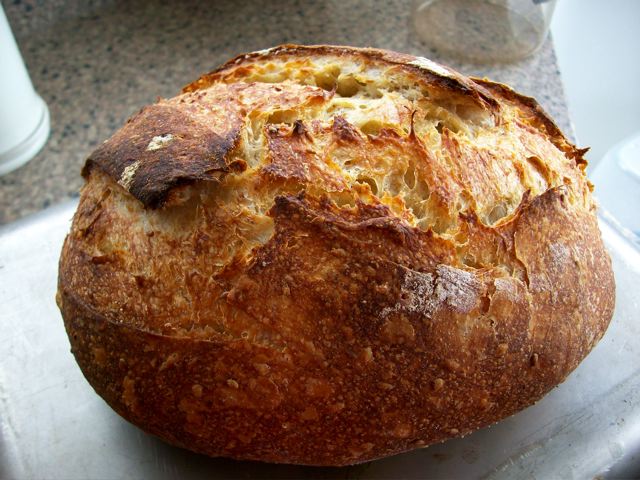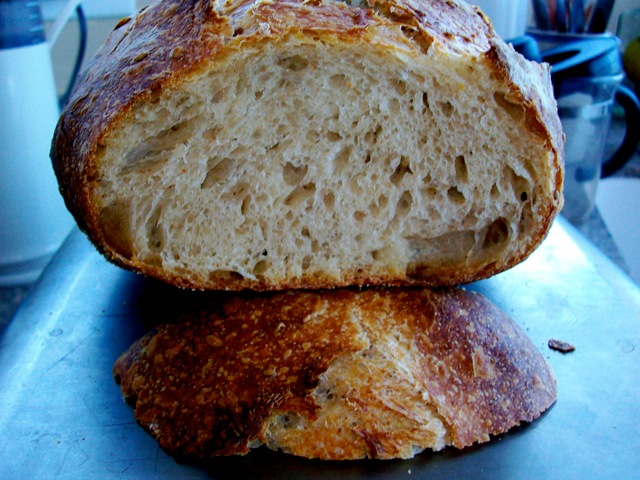Focaccia baked from Artisan Bread in Five Minutes A Day
Focaccia baked from the recipe in Artisan Bread in Five Minutes A Day. I meant to take a picture when it first came out of the oven, but it smelled so dang good, dinner was ready, and we were hungry!
- Log in or register to post comments
- 1 comment
- View post
- DerekL's Blog




